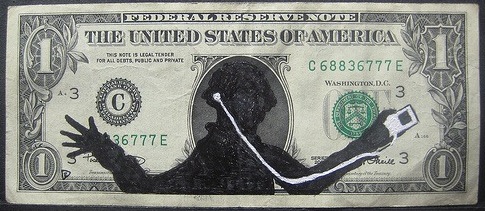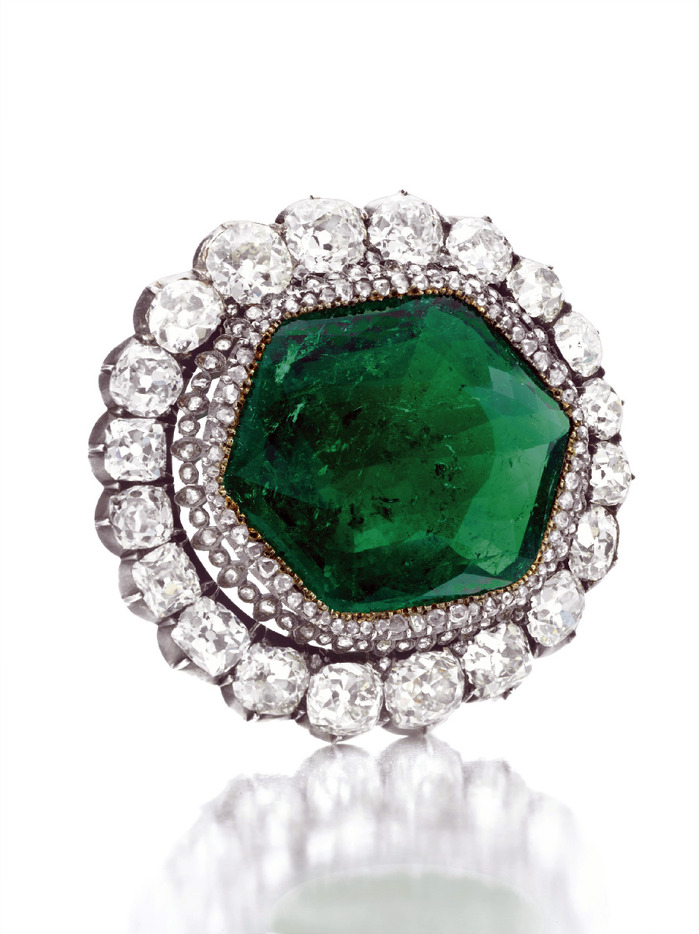March 2010 Archives
In the next month both Christie's and Sotheby's have some exceptional gems on sale.
First up is Christie's, leading their April 22nd sale with 2 historical stones. The "Catherine the Great Emerald" is a 60ct (or so) irregularly shaped faceted Colombian emerald surrounded by old-mine cut diamonds and set in a gold/silver broach. It was in her collection when she took the throne in 1762, and she then gave it to Sophie Dorothea,
princess of Württemberg, in 1776 when she married the future Tsar Paul I, Catherine's son.
Part of the same sale is the Maximilian Diamond, a 40ct white diamond with quite a checkered past. Archduke Maximilian bought the stone in 1860 in Brazil, shortly before he was installed as Emperor of Mexico under the patronage of Emperor Napoleon III of France. Under diplomatic pressure from the US, France abandoned him, leaving him to be arrested by Republican forces led by Benito Juárez. According to legend, he was wearing the diamond in a small pouch around his neck when he was executed, by firing squad, in 1867.
After being returned to his widow, Princess Charlotte of Belgium, it was sold several times until ending up at Christie's in July of 1982. It was bought by Laurence Graff (previously mentioned) for $726,000, who resold it with two other important stones to Imelda Marcos, notorious first-lady of the Philippines.
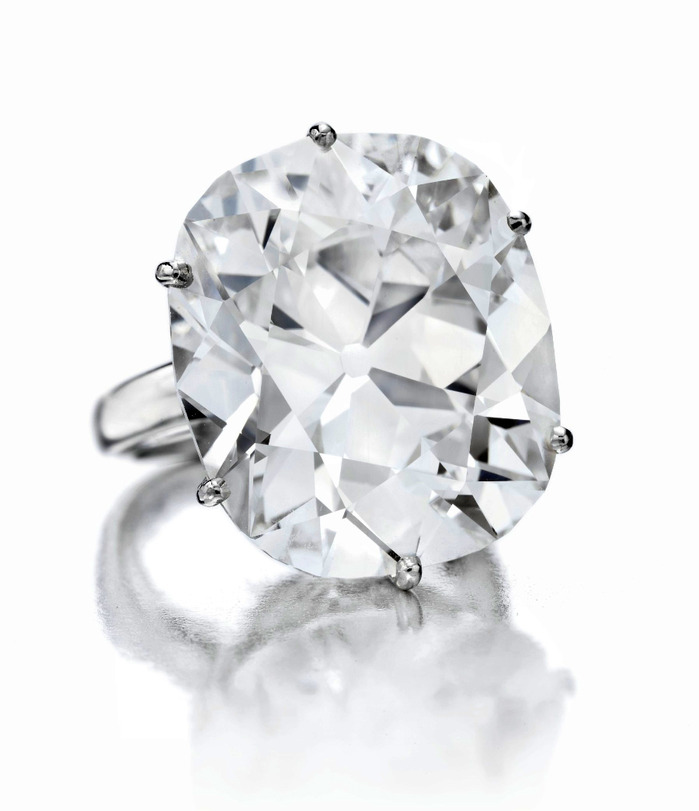 (both pictures from Paris Joaillerie)
(both pictures from Paris Joaillerie)
Sotheby's has a impressive necklace set with 100ct of color-matched flawless yellow diamonds
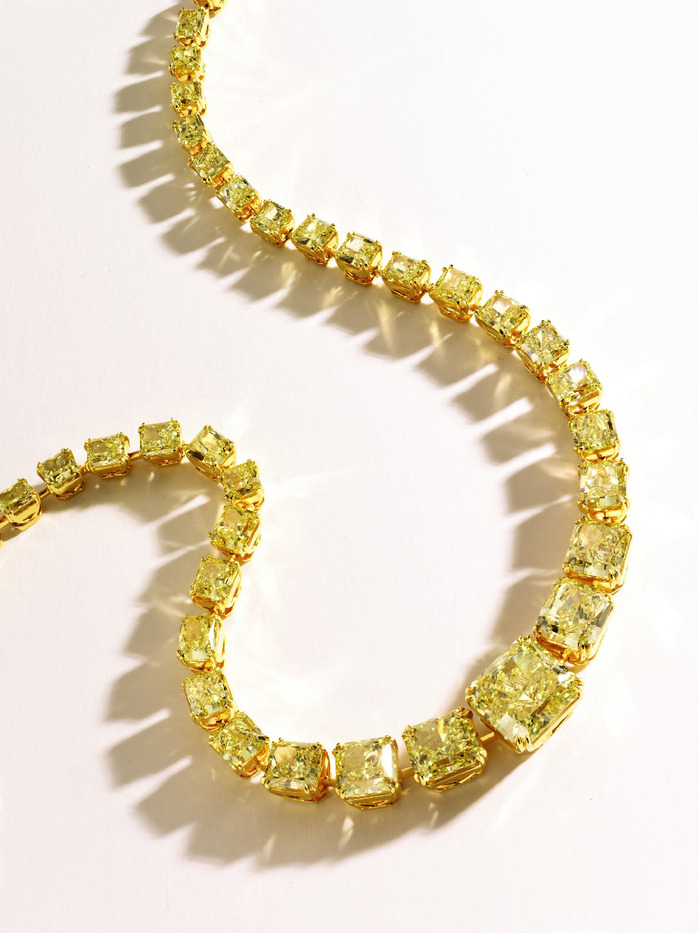
 (both pictures from Paris Joaillerie)
(both pictures from Paris Joaillerie)(historical notes from Rappaport)

(source)
I was looking through the current collection of Italian jeweler Delfina Delettrez(flash with annoying music) on Opening Ceremony, where it is available for sale. The first pieces were being described as "Fairy-tale Lux", kinda of a clunky term, but not a bad description of these frog rings.

Then they had a collection of pieces with darker designs, the usual snakes and vampire teeth and some very nice spiders. Earrings in sterling and pearl

A bracelet in an oxidized sterling silver, with a golden fly caught in the web, under a surprisingly lifelike spider
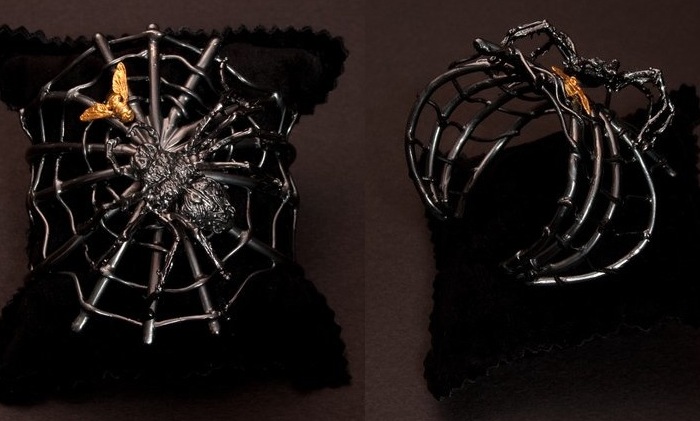
Then I came upon the King of Pop, a bizarre hybrid of European Memento Mori, Mexican Day of the Dead and 21st century exploitation, all done in gold, silver and crystal.
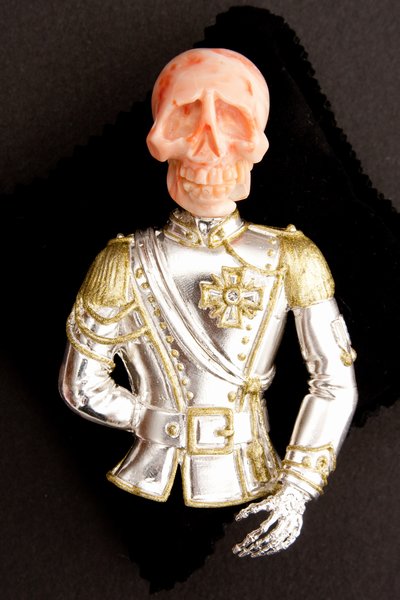
(All images from Opening Ceremony)
A

It's worth going and seeing the rest of the series by Rob Palmer of bald eagles overtaking the smaller starlings in mid-air
A
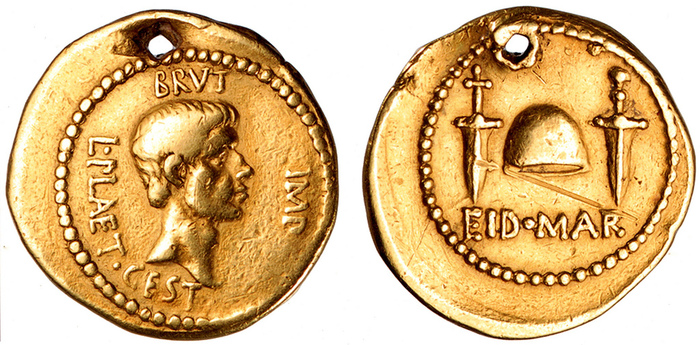
This coin has been the subject of much debate as to its authenticity. Its provenience can be traced back to the 1930s or there about:
- Represented by plaster casts from the 1930s at the BM and ANS
- Published in: H. A. Cahn, "Analyse et interprétation du style," Congrès international de numismatique Paris 6-11 juillet 1953 II. Actes (Paris, 1953) (location unknown between 1930s and 1953)
- In the Biaggi Collection from around that time until Biaggi's death in the 1970s.
Michael Crawford, a noted expert on coins of Republican Rome, declared it a fake, based on examination of the casts, in the 1974 edition of Roman Republican Coinage. He has since reversed his position based on seeing the actual piece.
Now an excerpt from yesterday's BM press release:
Brutus chose to commemorate Caesar's murder through the issue of coinage, which carried his portrait, the date (EID MAR), as well as images of assassins daggers and a "pileus" or freedman's cap, symbolic of Rome's escape from tyranny. It was produced in 43-42 BC at the mobile mint of Brutus and his fellow conspirators, who had by this time fled Rome for Greece. Unusually the coin's significance was recognised in antiquity and it was described by Cassius Dio in the second century AD: "
Brutus stamped upon the coins which were being minted his own likeness and a cap and two daggers, indicating by this and by the inscription that he and Cassius had liberated the fatherland."
Cassius Dio (47.25.1)
Silver coins (denarii) of this type, issued by Brutus after he and his fellow conspirators were driven from Rome, are unusual enough with around sixty examples known. Gold coins (aurei) of this type are extraordinarily rare with only two known. This coin, which is owned by a private collector, Michael Winckless, has been generously lent to the British Museum on a long-term basis and will go on display in the Museum's Roman Empire gallery (Room 70) from the "Ides" of March.
(source)
A
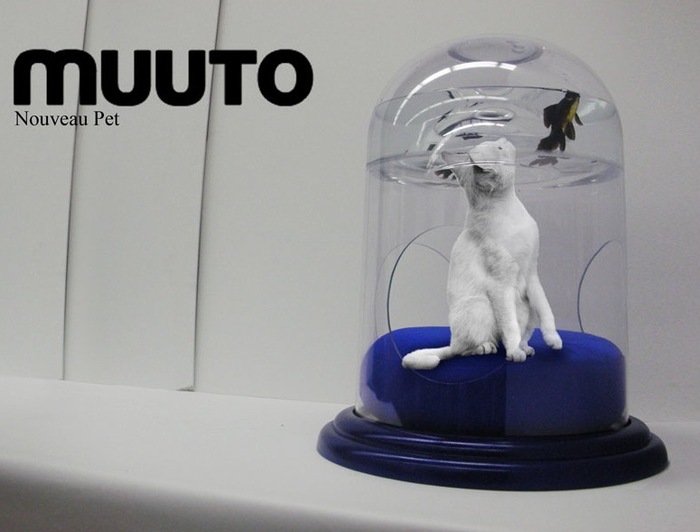
The Muuto Cat Dome is a habitat for your pet cat and goldfish to interact with each other. The ultimate entertainment for a cat is a moving creature, and the ultimate entertainment for its owner is seeing this playful interaction. (from)I can't tell if it is intended to be real or a joke, nor if an actual cat would love or loathe it....
A

Alexey Titarenko is a Russian photographer who started working in the 1970s, but his work diverged from the Communist-accepted artforms. It wasn't until the openings under Perestroika that his work was exhibited publicly. This is from the City of Shadows collection, extremely long exposures of people in motion, where they are reduced to mere smoke in the landscape, and I'd recommend looking at the others on his website.
A
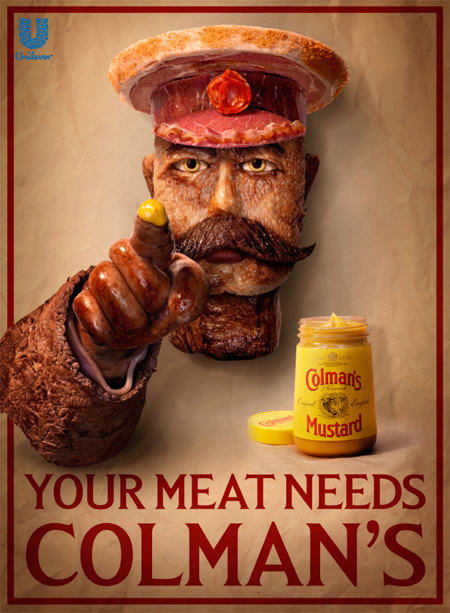
And a close-up of the man himself

The source has an ingredients list and some in-process pictures
A
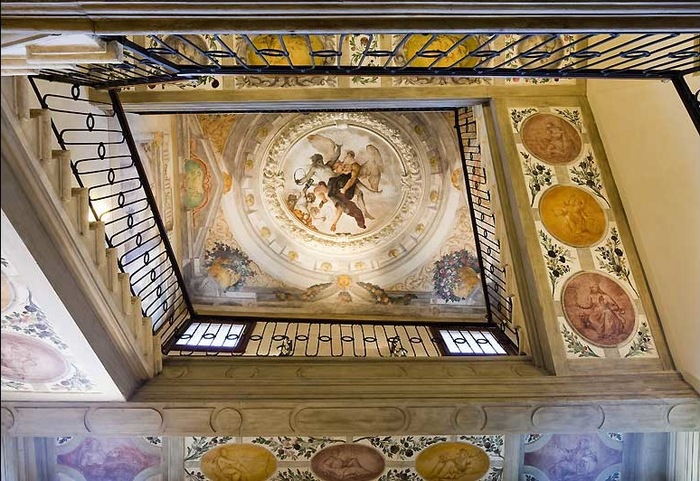
A fresco of "Time Carrying Truth", rediscovered during renovations of a small Venetian Palazzo. (source)
There were some good computer renderings when it was announced, but now the Richard Mille "Hommage à Boucheron" pieces finally exist in the real world. Over on thePurists, there are four pages, with pictures galore, and a fascinating explaination of how the wheels, made of semi-precious stones with brass gear-teeth, are created, with a 90% failure rate. I borrowed these two pictures of the catseye model from there. The stone cut for the wheels is so thin that it becomes translucent. Both the front and back plates are sapphire, with the red ruby jewels, upon which the pinions pivot, set into the clear sapphire.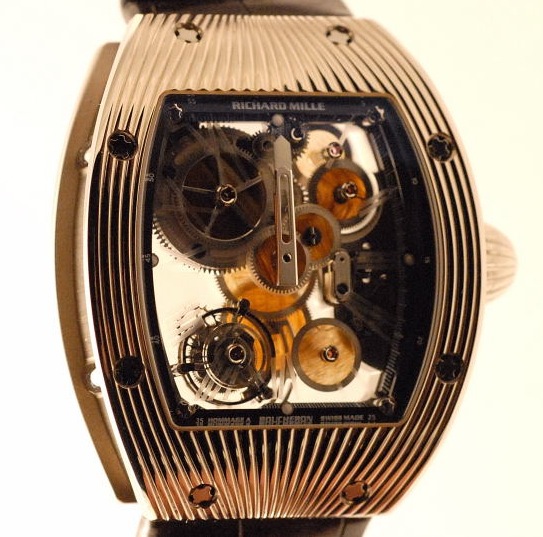

A

